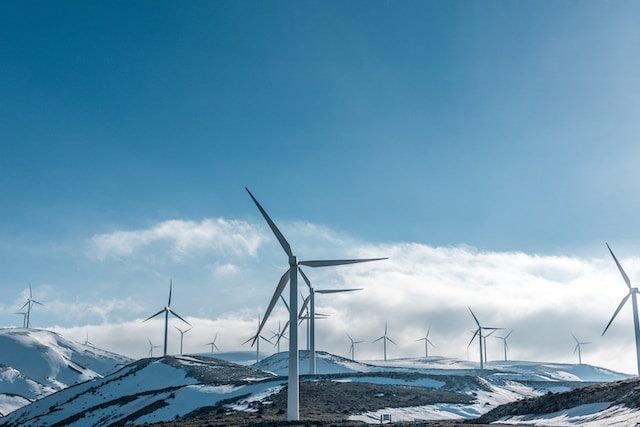
Are you interested in harnessing the power of wind to generate electricity? Building and installing your own wind turbine system can be a rewarding and eco-friendly project. In this guide, we will walk you through the process of DIY microgeneration, providing you with the knowledge and resources to get started on your wind turbine system.
1. Understanding Wind Turbines
Before diving into the construction of a wind turbine system, it is important to understand how it works. Wind turbines convert the kinetic energy from the wind into electrical energy using a rotor and a generator. The rotor consists of blades, which capture the wind’s energy, and a hub, connecting the blades to the generator.
There are two main types of wind turbines: horizontal-axis turbines (HAWTs) and vertical-axis turbines (VAWTs). HAWTs have blades that rotate on a horizontal axis, while VAWTs have blades that rotate on a vertical axis.
2. Planning Your Wind Turbine System
Before starting the construction, you need to assess your power needs, local wind resources, and feasibility. Here are the key steps:
2.1 Assess Your Power Needs
Determine your energy requirements to determine the size of the wind turbine needed. Consider your average electricity consumption and any specific appliances or systems you want to power with your wind turbine.
2.2 Evaluate Local Wind Resources
Conduct a site evaluation to determine the wind speed, direction, and consistency in your specific location. Online resources such as wind maps and local weather stations can provide valuable data for your assessment.
2.3 Check Legal and Environmental Requirements
Research local regulations and obtain any necessary permits or approvals before building your wind turbine system. Additionally, consider any environmental impacts your installation may have on wildlife or neighboring properties.
3. Building Your Wind Turbine
Constructing a wind turbine involves several key components:
3.1 Rotor and Blades
Design and build a rotor with blades that can efficiently capture wind energy. There are various designs available, including PVC pipe blades or wooden blades. Ensure proper balance and aerodynamic shape for optimal performance.
3.2 Tower
Construct a sturdy tower to support your wind turbine. The height of the tower is essential to capture maximum wind energy, so consider elevating it above obstructions like trees or buildings.
3.3 Generator
Choose an appropriate generator to convert the mechanical energy from the rotating blades into electrical energy. Common generators include permanent magnet generators or automotive alternators.
4. Installing Your Wind Turbine System
Proper installation ensures the efficiency and safety of your wind turbine system. Follow these steps:
4.1 Foundation
Create a solid foundation for your wind turbine, capable of withstanding the weight and forces exerted by the system. This can be achieved with a concrete pad or ground anchors.
4.2 Wiring
Connect the generator to an electrical system, ensuring correct wiring and proper grounding. Consult an electrician if you are unsure about the electrical connections.
4.3 Safety Measures
Implement safety measures, such as adding a brake or an automatic shutdown system to protect your wind turbine from overspeed or extreme weather conditions.
5. Maintaining Your Wind Turbine System
Regular maintenance is essential to ensure the longevity and efficiency of your wind turbine system:
5.1 Inspection
Regularly inspect all components for signs of damage, wear, or corrosion. Pay special attention to the blades, wiring, and tower structure.
5.2 Cleaning
Keep the blades and other exposed parts of the turbine clean from debris, dust, and bird droppings. This helps maintain optimal performance.
5.3 Lubrication
Apply lubricant to moving parts, such as bearings and gears, to reduce friction and enhance efficiency. Follow manufacturer guidelines for the specific lubricant to use.
6. Additional Resources
To further your knowledge and assist you in your wind turbine project, here are some helpful resources:
- Online forums: Join online communities of wind turbine enthusiasts and experts to exchange ideas and seek advice.
- Books and publications: Explore publications dedicated to DIY renewable energy and wind turbine construction for comprehensive guidance.
- Local workshops and courses: Attend workshops or courses on wind energy to gain hands-on experience and learn from professionals.
Building and installing your own wind turbine system can be a gratifying way to generate renewable energy for your home or small-scale projects. With careful planning, construction, and maintenance, you can harness the power of wind and reduce your reliance on traditional energy sources.
